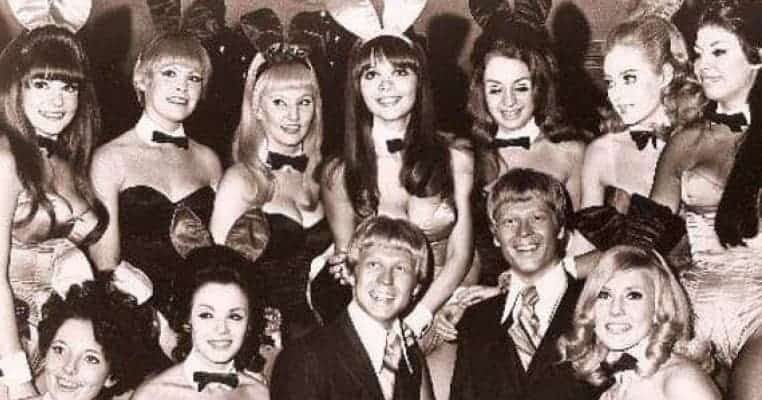Few jobs have been as glamorous as the Playboy Bunnies of the 1960s. In a time where women still lacked financial independence, Playboy Bunnies were able to earn wages large enough to buy their own homes. In addition to the pay, they also served in the incredibly elite, distinguished Playboy Clubs, which were mysterious and glamorous to the general population. Each Bunny beat out hundreds of other women to gain her illustrious position. They would then work around the rich and famous members of the elite clubs in Chicago, New York, Los Angeles, and London.

16. Being a Bunny Came With an Instruction Manual
Almost everyone has had to follow an employee manual at some point in their lives. These are often excruciatingly dry documents that direct employees on conduct, how to request days off, and so on. Human Resources managers go over these with a fine-toothed comb to ensure compliance with local, state and federal employment laws. Not so in the wild west of women’s employment in the 1960s. The “Bunny Manual” for female employees of Hugh Hefner’s Playboy Clubs read more like a sadomasochism consent contract than a handbook for professional employees.
Rather than be treated as competent adults, Bunnies were managed by a summer-camp-like system of merits and demerits that would be applied for the smallest errors, such as having a “scruffy” tail on one’s uniform. Bunnies were also micromanaged in their behavior down to how they held and smoked cigarettes. Hugh Hefner wanted his Bunnies to seem otherworldly, and he enforced it through incredibly strict codes of personal and physical conduct. Drinking, eating, and agreeing to dates all would have ruined the ethereal veneer of his employees, and so were strictly banned by the Bunny Manual.

